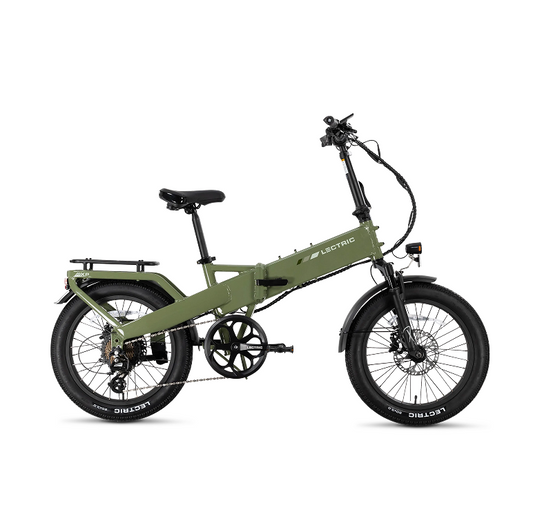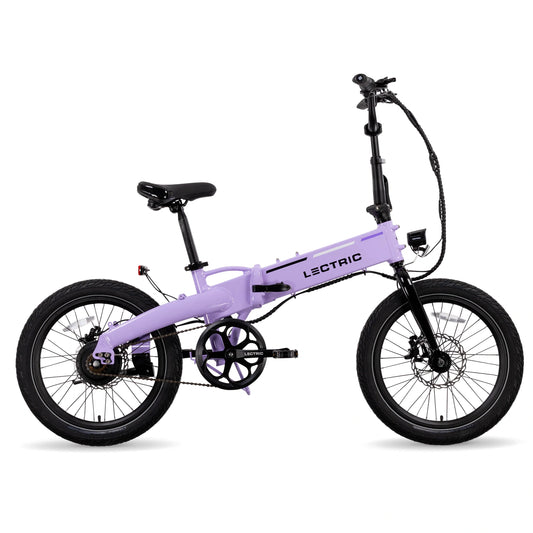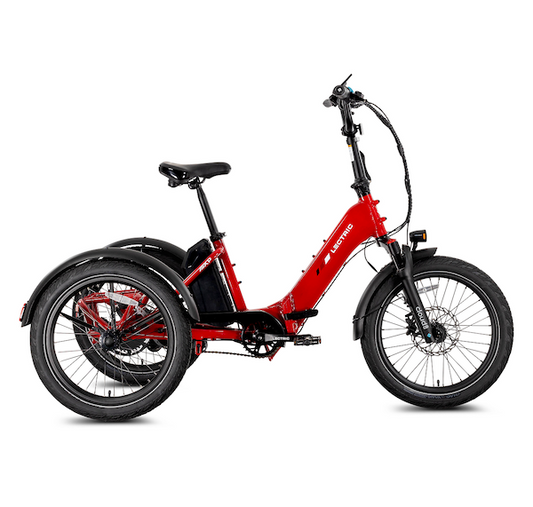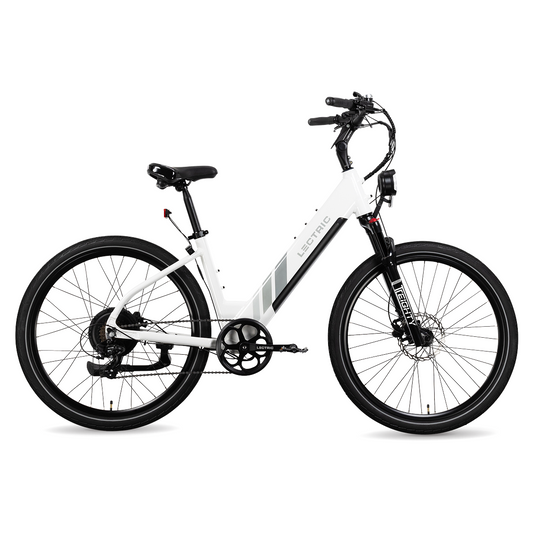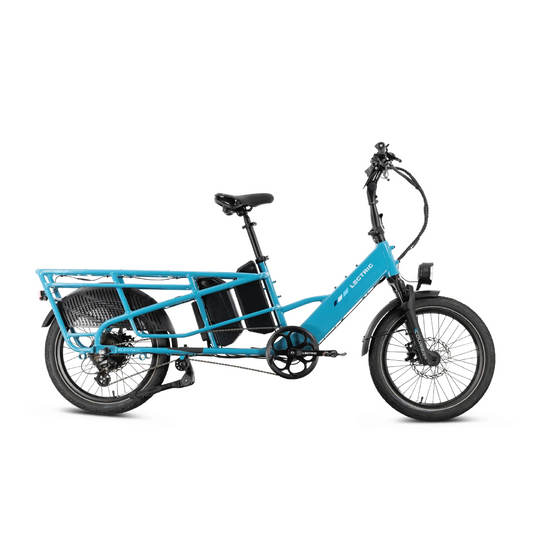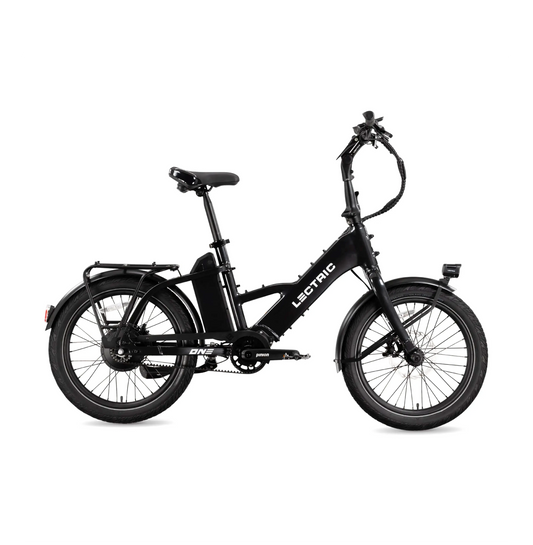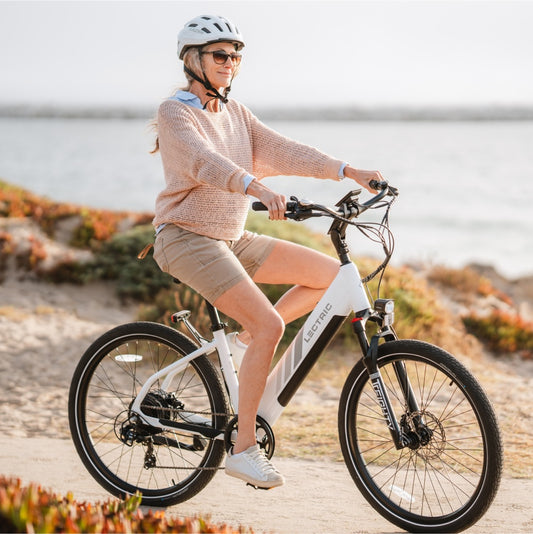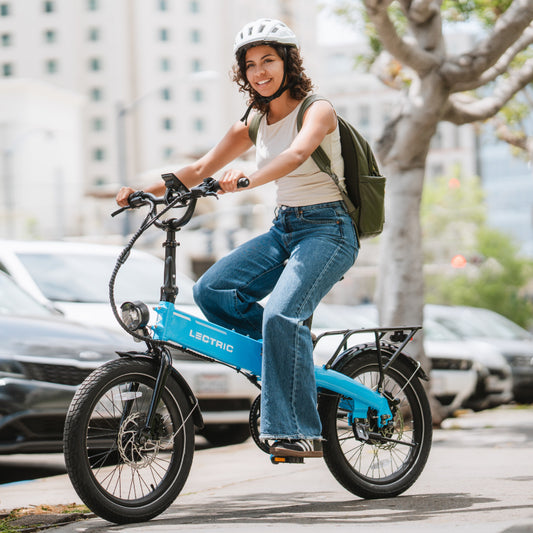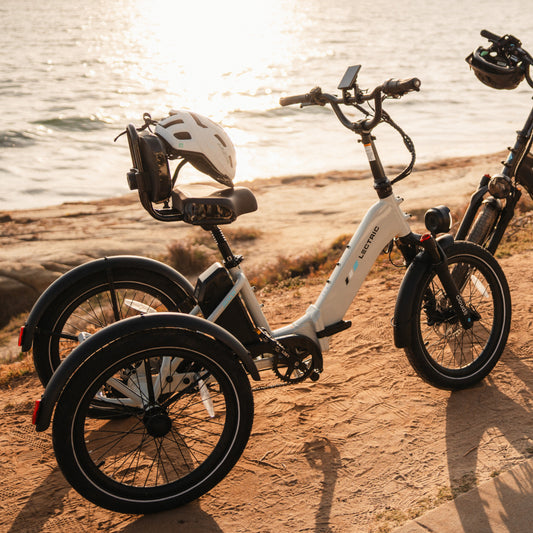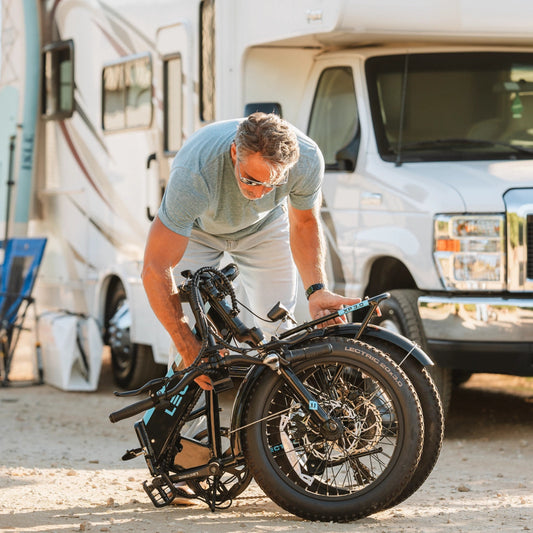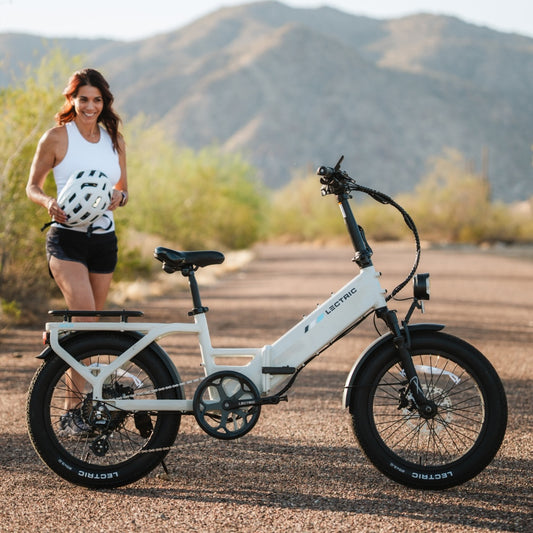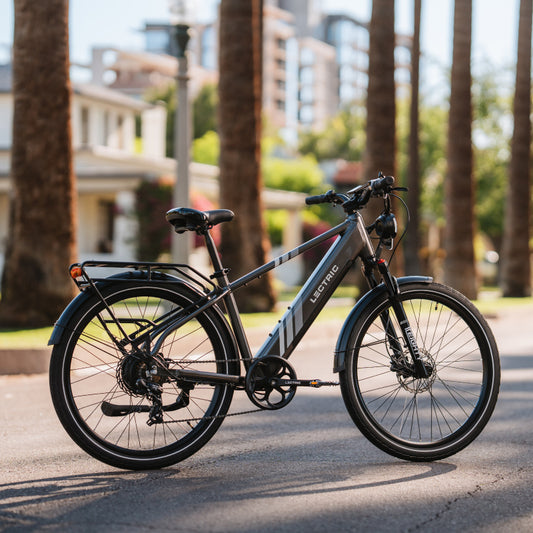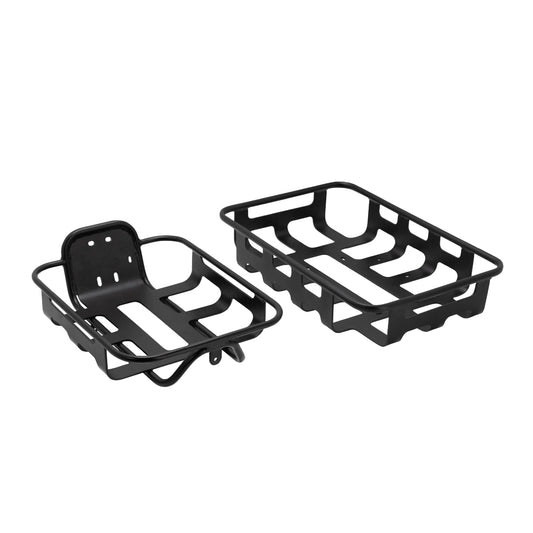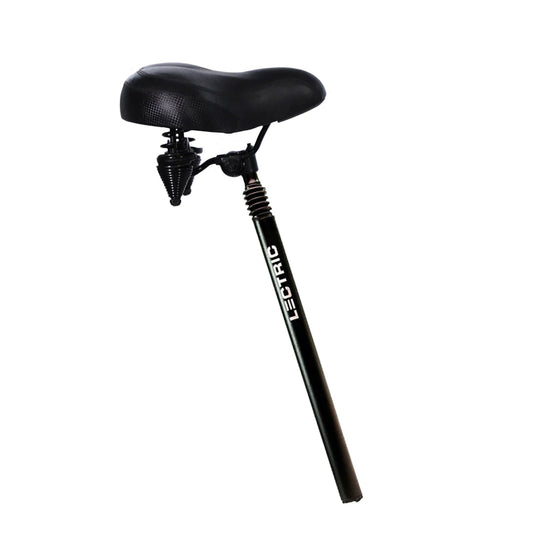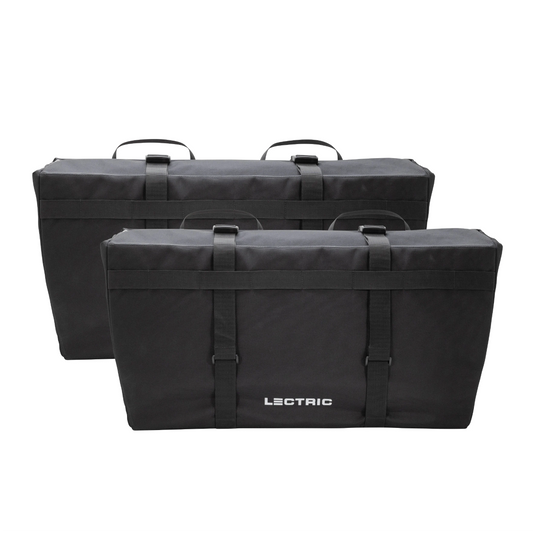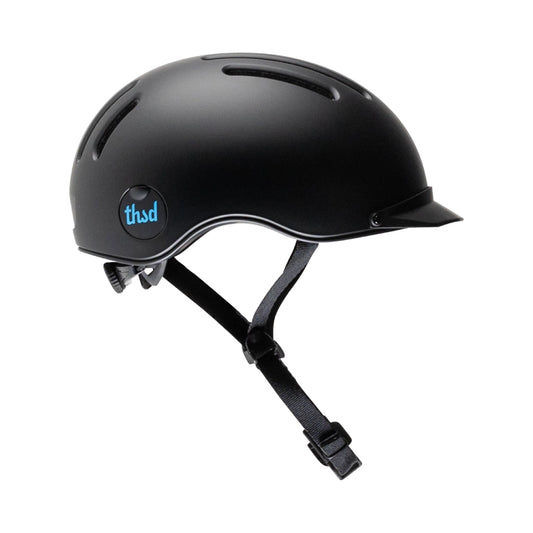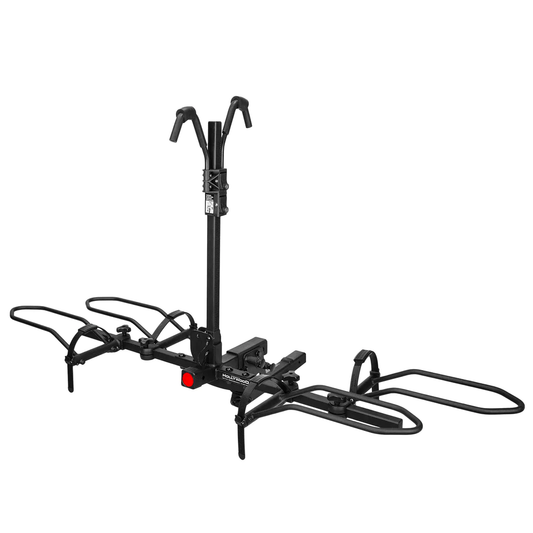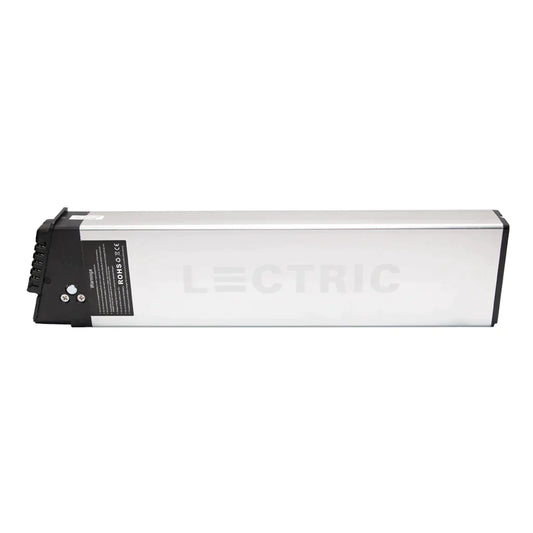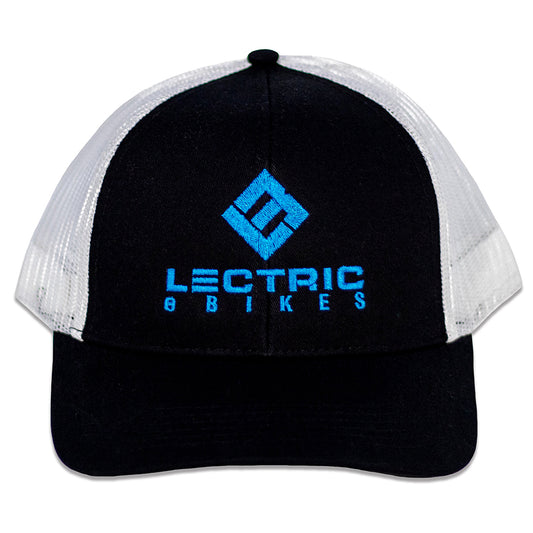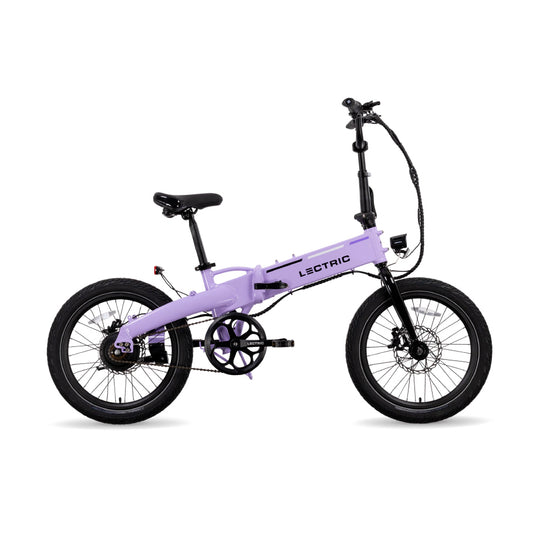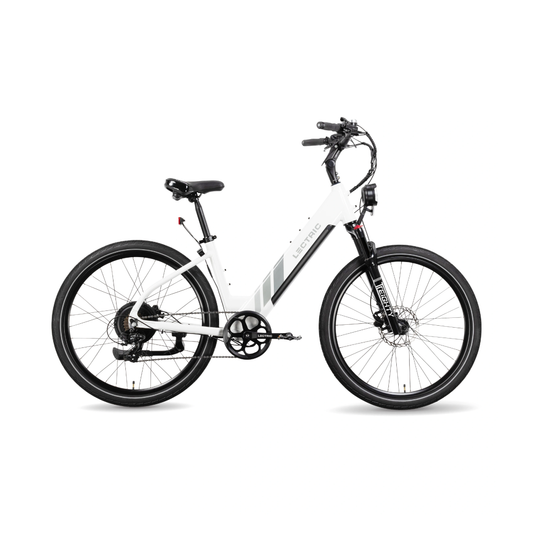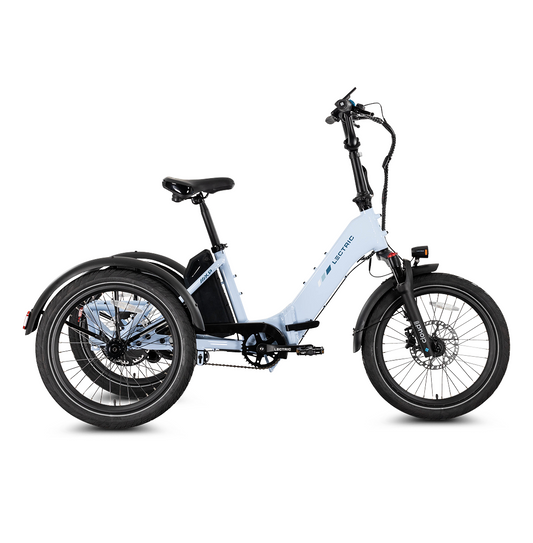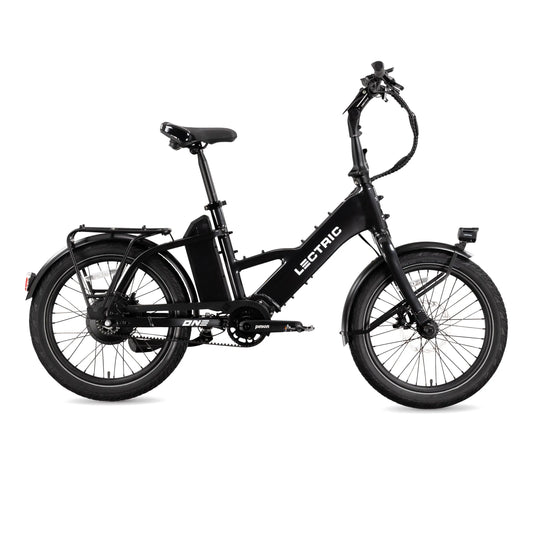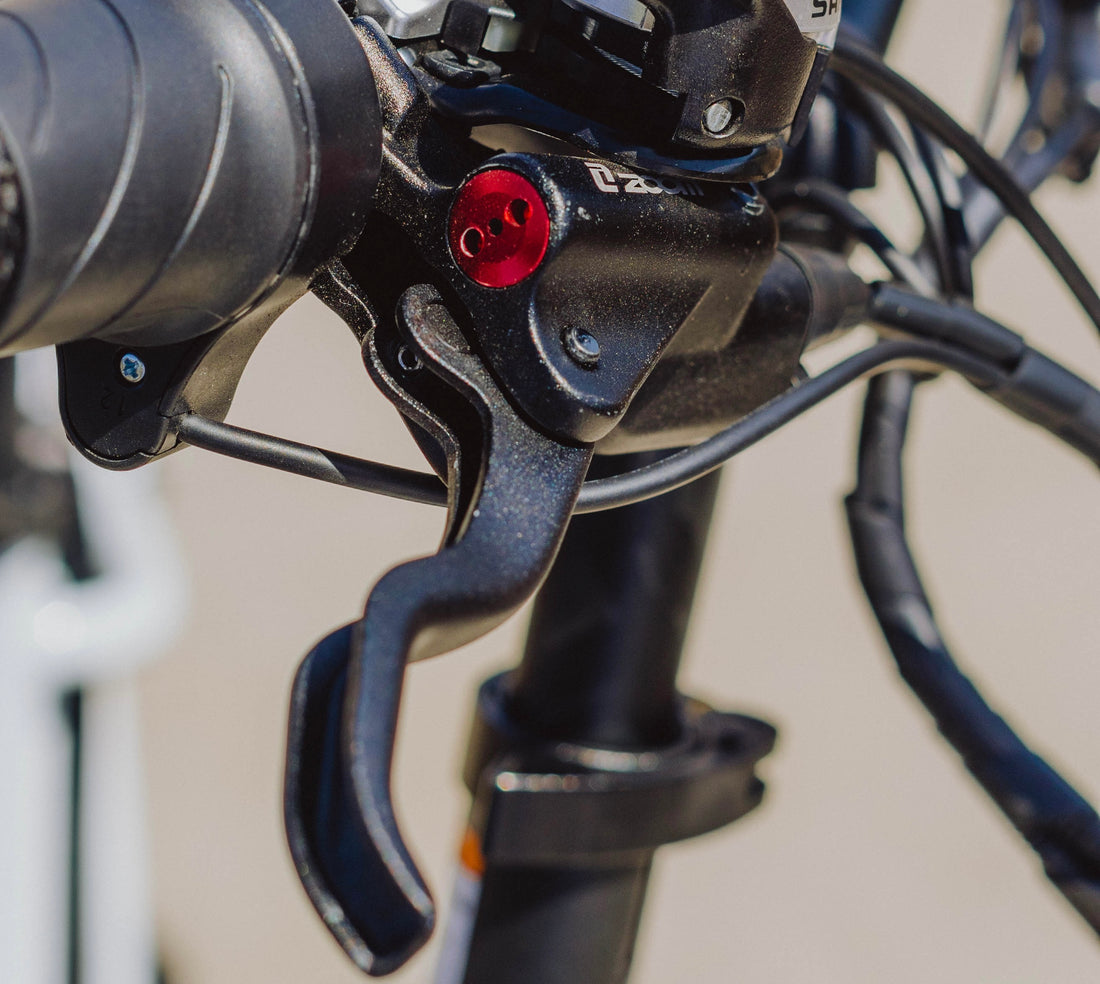Wondering about the differences between mechanical and hydraulic disc brakes? Lectric eBikes now offers both types of brakes in our XP™ eBike lineup, and it is helpful to know the logistics, benefits, and shortcomings of both options.
Let's "Brake" It Down
To start, let's clarify the logistics of each brake type's functionality.
Mechanical disc brakes use a brake lever to pull a brake cable which then adjusts the brake caliper to tightly squeeze the brake pad to your rim and bring your eBike to a stop.
On the other hand, hydraulic brakes compress a special fluid when the brake lever is engaged and then, in turn, engage the brake caliper. The brake pad is then squeezed into the rim to bring your eBike to a stop.
Both of these brake options effectively stop your eBike with full control, and they are the two most common types of disc brakes. There are some pros and cons to each brake option that can be taken into consideration as you select your perfect eBike.
Mechanical Disc Brakes
Mechanical disc brakes are included on our XP™ 2.0 eBikes as well as our XP™ Lite model. Their simple, cable-driven design makes them easy to adjust and fix when maintenance is needed. The cables used on mechanical disc brakes do not require special tools either, which can help your pocketbook in the long run.
The simple design of mechanical disc brakes can lead to some shortcomings, however. The brake cable itself is susceptible to wear and tear when compared to the components of hydraulic brakes. The initial setup of mechanical disc brakes can also be daunting if a full replacement is necessary.
Hydraulic Disc Brakes
Hydraulic disc brakes are included with our newest eBike model, the Lectric XPremium. They are known to be a more expensive take on disc brakes and provide fantastic stopping power. Hydraulic brakes use less friction in the stopping process since they do not need a cable to function, resulting in a more powerful stop when compared to mechanical disc brakes. They also apply an equal amount of pressure to both the inner and outer brake pad, providing elevated control.
The complexity of the hydraulic brake setup does make them a bit more difficult to adjust and service, however. Their fluid-driven system often needs special tools and an amount of expertise to be fixed or adjusted. Even though they are harder to service, you will likely have to service them far less frequently than mechanical disc brakes thanks to their durability against the elements.
The Verdict
Both hydraulic and mechanical disc brakes are completely capable of bringing your eBike to a stop with full control. The decision will ultimately come down to your personal preference. Do you prefer brakes that are easy to adjust when needed? Or brakes that are more durable? Questions such as these will help guide you in your decision process.
Lectric is thrilled to now offer both kinds of disc brakes and we can't wait to see where the adventure will take us from here. Please let us know if you have any questions about these stellar brake options. We are happy to help and excited to get you riding (and stopping)!
